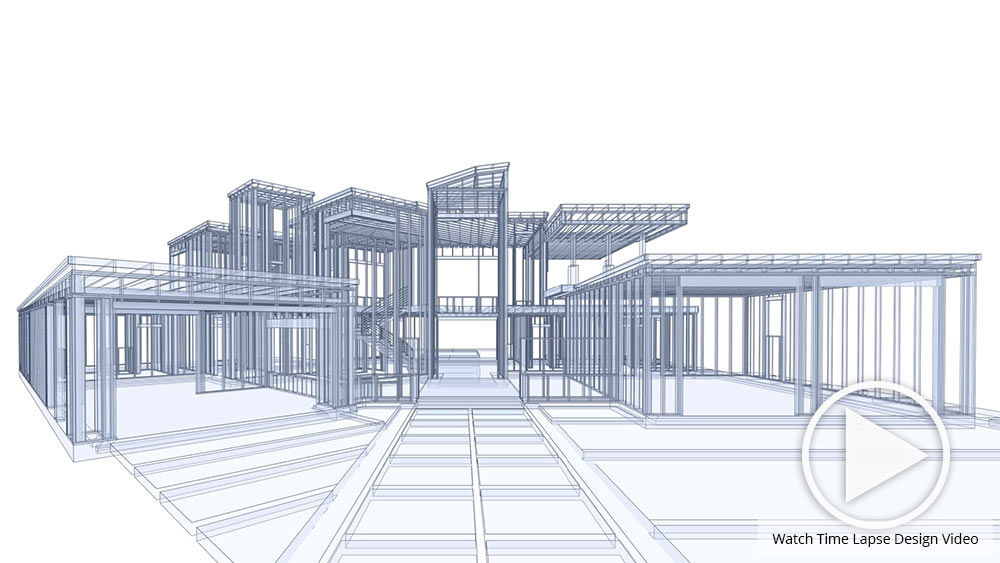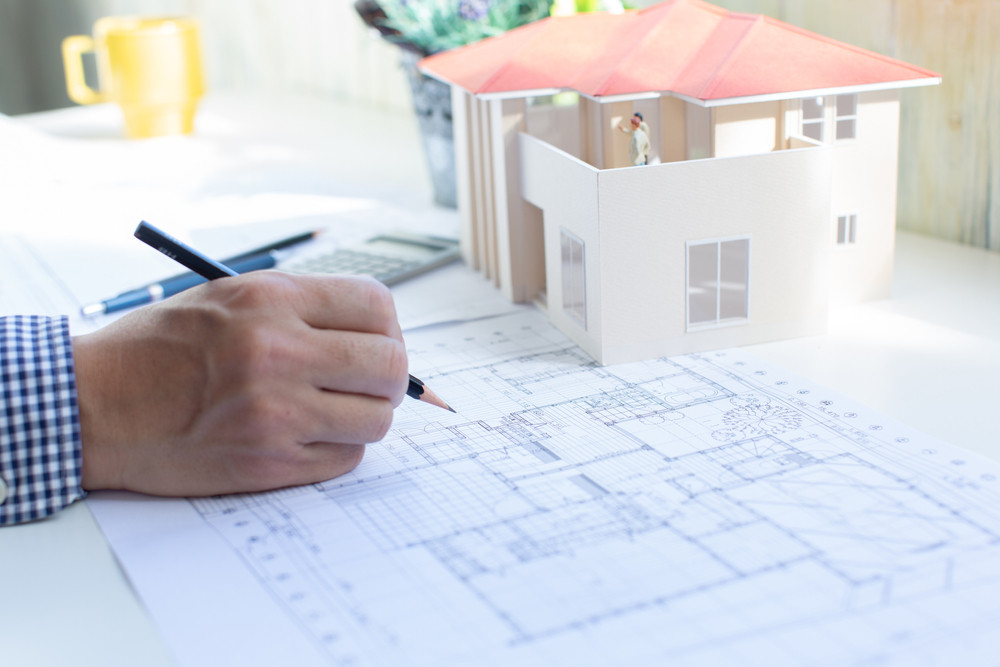Raise Your Building Design with the Competence of CDA Architects
Raise Your Building Design with the Competence of CDA Architects
Blog Article
A Thorough Summary of Building Styles and Their Impact on Modern City Planning and Growth
Building designs have long functioned as a mirror to the social values and technological developments of their time, playing a crucial role fit contemporary city planning and advancement. From the magnificence of Neoclassicism to the practical technique of Brutalism, each design has introduced distinct ideas that influence urban visual appeals and functionality. As contemporary challenges develop, consisting of sustainability and neighborhood demands, recognizing these historic frameworks becomes necessary. The resulting discussion not only notifies future layout practices however additionally raises significant questions concerning the balance in between heritage and advancement in our developing metropolitan landscapes.
Historical Overview of Architectural Designs

As societies transitioned via the Center Ages, Gothic architecture arised, identified by its verticality and complex outlining, mirroring the spiritual aspirations of the period. The Renaissance noted a resurgence of classical perfects, combining art and design in innovative manner ins which affected subsequent designs throughout Europe.

Today, building designs continue to evolve, driven by globalization and sustainability worries, reflecting a dynamic interaction in between heritage and advancement. This historic introduction highlights the relevance of design as a mirror of social advancement and as a stimulant for metropolitan growth.
Secret Architectural Styles Explained
The variety of building designs reflects the myriad influences that form our constructed environment, each symbolizing distinctive characteristics and cultural values. Key architectural designs include Classic, Gothic, Baroque, Innovation, and Postmodernism, each standing for distinct historic contexts and aesthetic ideologies.
Classical design, rooted in old Greece and Rome, highlights proportion, proportion, and using columns (cda architects). On the other hand, Gothic architecture, thriving in the Middle Ages, is characterized by sharp arches, ribbed vaults, and flying buttresses, developing a heavenly top quality in cathedrals. Baroque architecture, arising in the 17th century, is noted by grandeur, fancy embellishment, and a dynamic interaction of light and shadow
Innovation, which obtained energy in the early 20th century, prioritizes function over kind, making use of brand-new products like steel and glass to develop minimal frameworks. Postmodernism, reacting against the austerity of Modernism, embraces eclecticism and historical reference, commonly including playful aspects and paradox.

Influence On Urban Preparation
In forming the development of cities, architectural designs significantly influence metropolitan planning choices. The option of building style often dictates the aesthetic appeals, capability, and overall character of metropolitan settings.
Moreover, building designs can impact zoning policies and land make use of policies. Urban coordinators must think about the prevailing architectural patterns when designing districts, ensuring that new advancements integrate with existing structures. This factor to consider cultivates cohesive urban landscapes and improves neighborhood identity.
The implementation of particular architectural designs can also affect socioeconomic variables within a city. Premium contemporary designs might draw in upscale over at this website locals and businesses, leading to gentrification, while more economical housing services might focus on sensible and lasting styles to fit diverse populations. cda architects. Inevitably, the interaction between building designs and metropolitan preparation produces dynamic cities that reflect both historical context and contemporary demands, shaping the lived experiences of their citizens
Sustainability and Modern Style
Building designs play a pivotal duty in dealing with modern difficulties, specifically in the realm of sustainability. As city areas broaden and ecological issues intensify, modern-day architecture significantly embraces lasting design principles that focus on energy effectiveness, resource conservation, and marginal environmental impact.
Contemporary building motions, such as biophilic design and eco-friendly architecture, supporter for frameworks that balance with their environments, using all-natural materials and advertising biodiversity. These styles commonly incorporate renewable resource resources, such as solar panels and wind generators, to reduce reliance on nonrenewable fuel sources and lower carbon footprints.
In addition, the integration of sophisticated modern technologies, such as smart structure systems, boosts energy administration, enhancing source use while guaranteeing owner comfort. Ingenious water monitoring strategies, including rain harvesting and greywater recycling, more add to lasting urban atmospheres.
Significantly, sustainability prolongs past ecological worries; it incorporates social and financial measurements too. By promoting neighborhood wellness and advertising inclusivity, contemporary architectural styles align with sustainable advancement goals. The evolution of architectural methods proceeds to form resistant cities that not only meet the needs of the present however likewise secure the future for generations to come.
Neighborhood Interaction in Style
Area engagement in design acts as an important bridge in between designers and the populaces they offer, making sure that the built environment reflects the requirements and goals of its customers. This joint process welcomes area participants to add their insights and choices, promoting a feeling of ownership and responsibility towards the spaces they live in.
Efficient area interaction employs different methods, such as workshops, studies, and public forums, to collect diverse viewpoints. These methods promote a two-way dialogue, permitting designers to understand neighborhood contexts while empowering residents to voice their concerns and wishes. This inclusivity not just boosts the style quality yet likewise promotes social equity explanation by attending to the distinct obstacles encountered by marginalized teams.
Furthermore, community involvement can cause innovative remedies that might not arise in a conventional layout process. By integrating neighborhood knowledge and social values, engineers can develop spaces that resonate more deeply with individuals, boosting use and sustainability. Ultimately, prioritizing neighborhood interaction in layout procedures results in atmospheres that support social communications, assistance health, and strengthen neighborhood ties, consequently playing a crucial duty in shaping modern urban landscapes.
Final Thought
Building designs have profoundly influenced contemporary city preparation and growth, reflecting developing cultural and technical contexts. The assimilation of historic appearances with modern needs promotes metropolitan settings that focus on sustainability and area involvement. As cities remain to expand and adjust, the ongoing dialogue in between architectural heritage and modern design principles will remain vital in producing inclusive, lively spaces that improve top quality of life and promote social equity. The future of city growth depend upon this harmonious balance.
Report this page